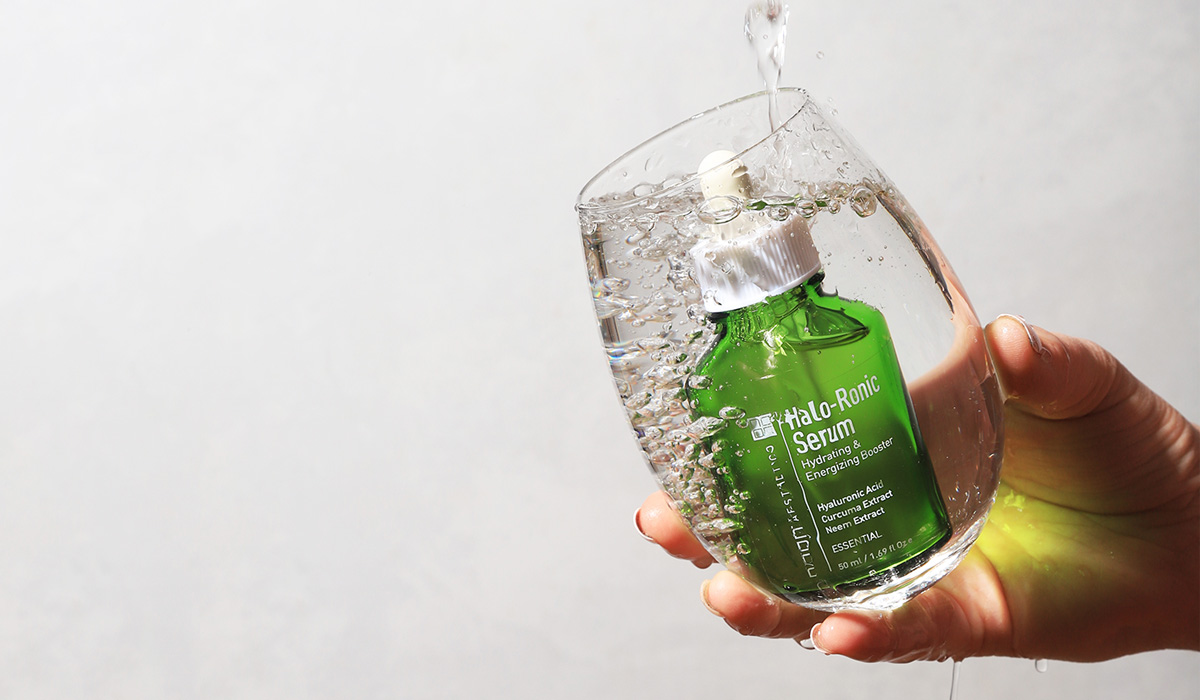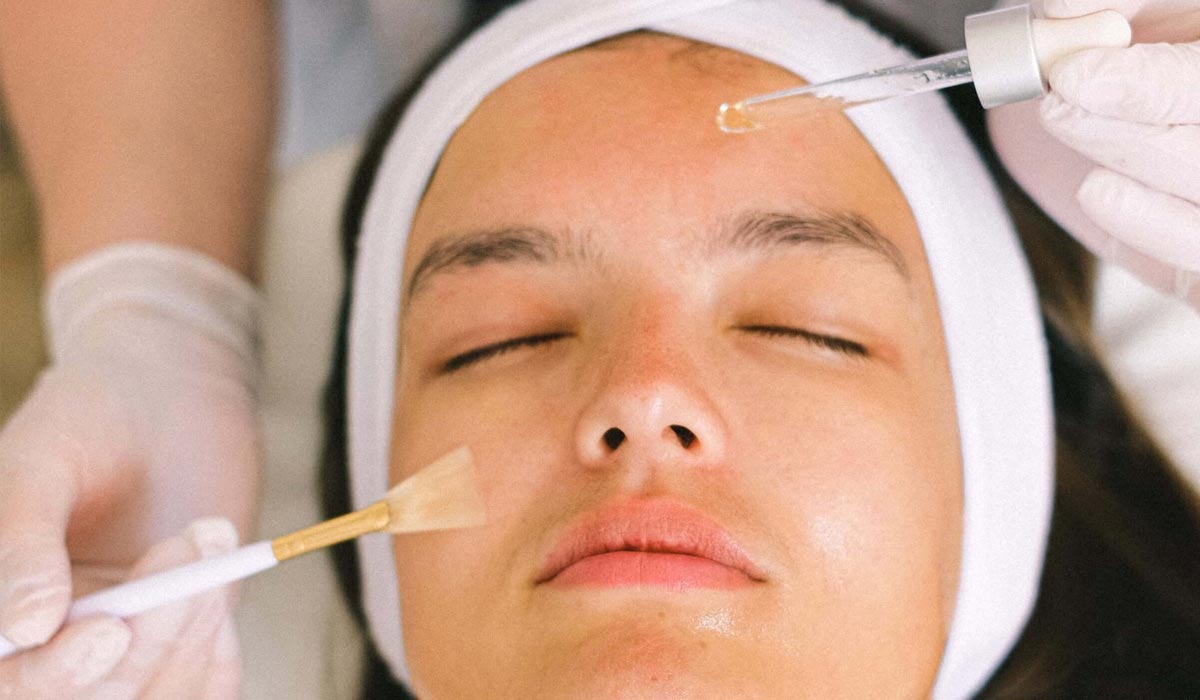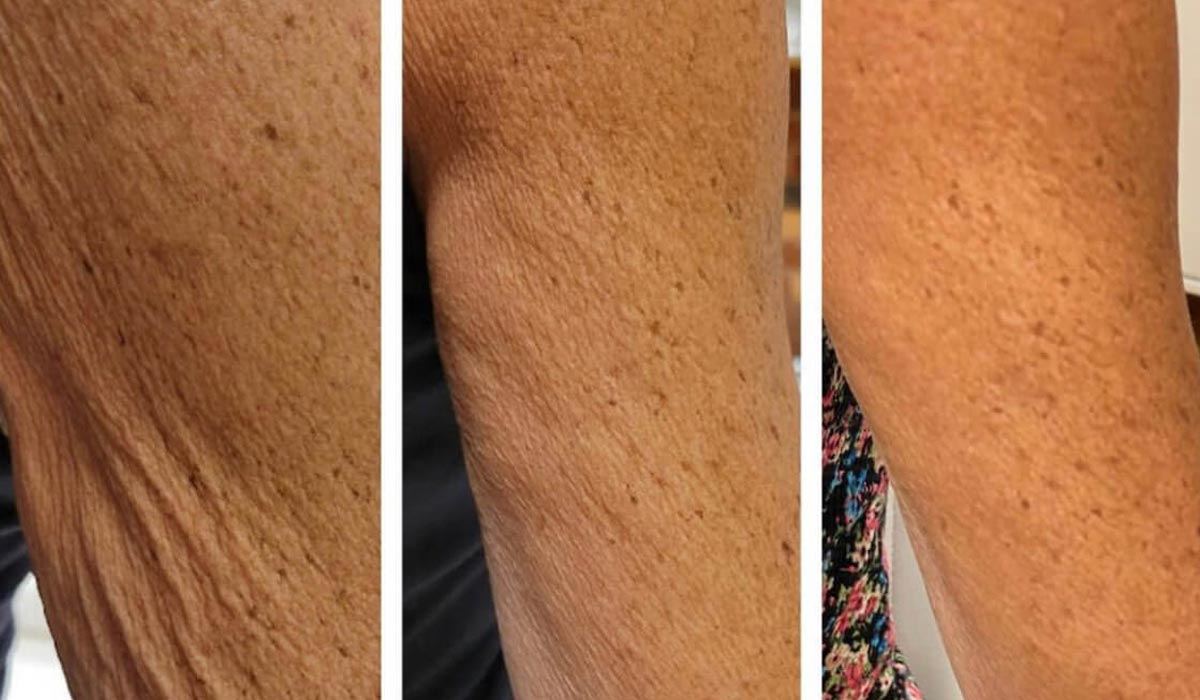Your Safe Sunscreen Guide

Anti-aging….it’s a term we hear everywhere! At Rytualist, we offer services that help you start now, to address those very first signs of aging you see when you look in the mirror. In reality though, truly preventing and delaying the aging of our skin takes diligence and, let’s face it, maybe going without that bronzed, sun-kissed skin. As we enter August, the last calendar month of summer, we’re still dreaming about beach days and preparing for end-of-summer vacations. In honor of Summer Sun Safety Month, we want to provide valuable information about protecting your skin and give you the knowledge to purchase safe sunscreen that benefits both your skin AND the environment!
So Many Options… I’m Confused!
Today, we have so many options for sunscreens (feels like thousands, at this point) and we are bombarded with information about the types and purposes for these lotions: sports, water-resistant, broad spectrum, UVA/UVB, vitamin-infused, tinted, chemical, mineral-based… the list goes on and on.
Unfortunately, because we’re often overwhelmed by the options, it can be difficult for us to identify safe sunscreen vs unsafe sunscreen. And we certainly don’t hear enough about the effect sunscreen chemicals and residue have on both our health and the environment.
A few key ingredients found in mainstream and no-ad sunscreens, oxybenzone, octinoxate and parabens are believed to be harmful to our health and the delicate reef and marine ecosystem. Keep reading to learn about these harmful ingredients and for our safe sunscreen recommendations that offer excellent sun protection without harming your skin and the environment.
First Thing’s First: There are Two Types of Sunscreen
- Chemical sunscreen. Chemical sunscreen uses chemicals to absorb UV rays, convert the rays into heat, and release them from the body.
- Physical sunscreen. Physical sunscreens (safe sunscreens) are mineral-based, (e.g. zinc oxide or titanium dioxide) and they protect your skin by reflecting the UV rays.
Sunscreen’s Effects on Our Bodies and Health
We know the importance of wearing sunscreen everyday to protect our skin from damaging UVA/UVB rays. But not wearing the right type of sunscreen may be more harmful to us and our children than we think. According to research conducted by the Environmental Working Group (EWG), they have determined that some chemical substances found in several of our commercial sunscreens are harmful to our health. Oxybenzone, octinoxate and other similar derivatives absorb into the skin and remain in our systems for days after use.
When considering whether we should be wearing sunscreen daily to protect our skin, the toxicity build-up levels of these chemicals in our bodies could be higher than recommended over a period of time. Studies have shown these ingredients have the potential to cause skin irritation, allergic reactions, cancer, as well as disrupt the endocrine system and cause harm during reproduction and development.
Sunscreen’s Impact on Our Marine Ecosystems
These same chemicals that are believed to harm our health are also threatening our oceans. According to the National Park Service, these chemicals are believed to be a significant contributor to marine sanctuary degradation because they cause coral bleaching. Coral bleaching is a term that describes a process of causing high levels of stress and mortality of reef ecosystems (Save the Reef). Two territories in the US have passed legislation as recently as January 1, 2021: Hawaii and the Florida Keys, two areas in the U.S. who share their borders with the ocean. These legislations ban the use of oxybenzone and octinoxate, two of the chemicals found in unsafe sunscreens.
Here are some fast facts regarding sunscreen, coral reefs and ocean life:
- Coral reefs are among the most biologically diverse ecosystems in the world, and have even been called “biodiversity hotspots.”
- Symbiotic algae live within the coral — in effect, making them “solar powered” by providing the coral with food energy. These algae are also responsible for giving coral its vibrant colors!
- The ocean area surrounding Hawaii’s islands has over 401,000 square feet of coral reefs, which provides a home to a large number of marine animals (many of which are unique to this area of the world!).
- Florida has over 360 linear miles of coral reefs in its oceans
- Chemicals in sunscreen can awaken coral viruses, making the coral sick and unable to home their life-giving algae. Without these algae, the coral “bleaches” (turns white), and often dies (National Park Service).
- A single drop of sunscreen chemicals in more than 4 million gallons of water is enough to endanger marine organisms.
- An estimated 14,000 tons of sunscreen is believed to be deposited in oceans annually with the greatest damage found in popular reef areas such as Hawaii and the Caribbean (The Ocean Foundation).
Your Guide for Selecting Safe Sunscreens for You, Your Family and Our Oceans
Large commercial cosmetic and health companies are most at fault for using “benzone” ingredients in their sunscreen products because they have proven very effective for protecting skin from UV rays that cause skin cancer. Zinc oxide and Titanium oxide provide a physical barrier, but are sometimes avoided due to the white case it leaves on the skin.
Here are a few things to keep an eye out for when looking to purchase a safe sunscreen:
- Be aware of “green-washing.” Awareness around sunscreen health and environmental impact are making a slow but steady entry into our daily conversation. Marketing terminology surrounding many “green” terms is still highly unregulated, which many companies capitalize on — they use these terms to convince customers their product is environmentally-friendly, when in reality, it’s far from it. As consumers, we need to pay close attention to “ingredients IN the bottle” versus “claims ON the bottle”. For example, there is a significant difference in products that claim to be “reef-friendly” versus “reef-safe.” Many “reef-friendly” sunscreens are often not safe or friendly to reefs at all!
- Avoid sunscreen products that contain certain chemicals. These chemical ingredients are believed to be harmful to both your health and our marine ecosystems! Here are a few to watch out for:
- Oxybenzone
- Avobenzone
- Homosalate
- Octinoxate
- Octisalate
- Octocrylene
- Avoid sunscreens containing petrolatum, commonly known as mineral oil, which takes years to biodegrade, and are known to be harmful or fatal to aquatic life and waterfowl.
- Avoid sunscreens with high content of titanium dioxide. This mineral does not biodegrade and is found to react in warm seawater to form hydrogen peroxide which is harmful to all sea life. Opt for mineral sunscreens containing non-nano zinc oxide instead.
- Avoid aerosol or spray sunscreen options as it’s easier to inhale or ingest the product chemicals.
- Look for simple mineral ingredients that provide a barrier to the sun’s rays. Here are a few key things to look for when choosing a sunscreen:
- Biodegradability
- Mineral
- Non-nano zinc
- Vitamins & minerals
Rytualist’s recommendations:
We’ve curated a list of great options for sunscreens that are safe for your body AND the environment! That’s something that should make us all feel good!
Most options listed below are a minimum of 30 SPF, 80-minute water resistant, broad spectrum AND easily accessible. Although we highly encourage you to shop local rather than from Amazon, we understand that some may not have access to local retailers who sell these products. Here are some brands to keep an eye out for that can also be found at a large retailer near you or Amazon.
Wallet-Friendly:
- All Good SPF 30 Sport, $7 – $20
- Raw Elements SPF 30, $17
- Blue Lizard Australian Sensitive Skin Sunscreen SPF 30 (this one is interesting bc it turns blue!); $14
- Sun Bum Mineral SPF 50, $15
- Badger SPF 40 Clear Zinc Sport; $15
- Babo Botanicals SPF 30, $16
Moderate Priced:
- Kokua Sun Care Hawaiian SPF 50 Zinc Sunscreen, $39.00
- Stream2Sea SPF 30, $20
- Mama Kuleana SPF 30, $21
For the face:
- Kinfield Daily Dew SPF 35, $24
- Ghost Democracy Invisible Lightweight Daily Face Sunscreen SPF 33, $33
Tinted:
- Suntegrity Natural Mineral Sunscreen SPF 30, $55
- Unsun Mineral tinted sunscreen SPF 30, $29
- Coola Mineral Face Organic Matte Tint Sunscreen Lotion SPF 30, $36
Pamper yourself:
- Kimberly Sayer Ultra Light Facial Moisturizer SPF 30, $36
- Isdin Photo Eryfotona Ageless Sunscreen SPF 50, $66
At Rytualist, we recognize that we’re in this together. We care about your skin, your health and the health of the environment in which we all live. Find protection for you and your family that keeps you healthy AND allows you to future proof your present self! 🙂











